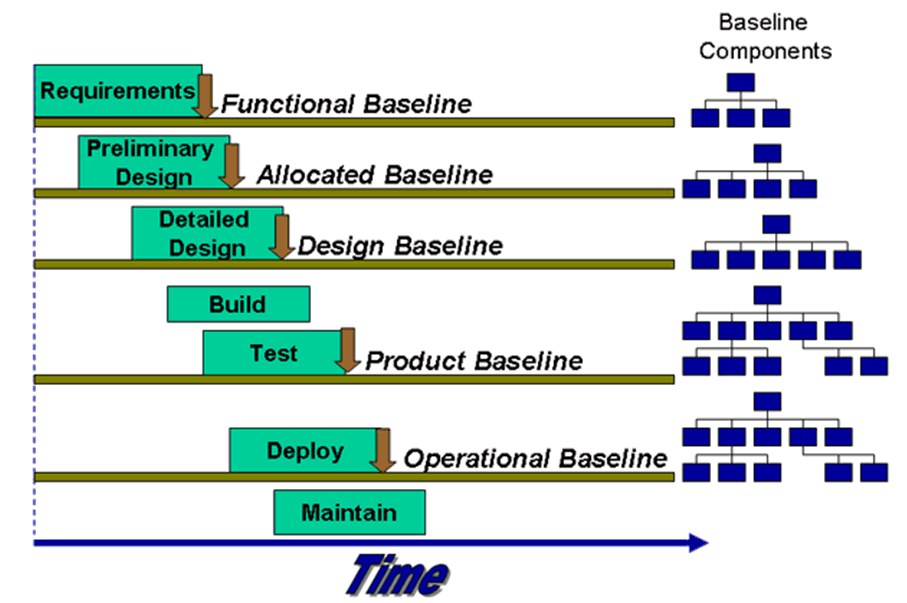Configuration Management
Configuration management (CM) is a systems engineering process for establishing and maintaining consistency of a product's performance, functional and physical attributes with its requirements, design and operational information throughout its life. The CM process is widely used by military engineering organizations to manage complex systems, such as weapon systems, vehicles, and information systems. Outside the military, the CM process is also used with IT service management as defined by ITIL, resp.ISO/IEC 20000, and with other domain models in the civil engineering and other industrial engineering segments such as roads,
The traditional software configuration management (SCM) process is looked upon by practitioners as the best solution to handling changes in software projects. It identifies the functional and physical attributes of software at various points in time, and performs systematic control of changes to the identified attributes for the purpose of maintaining software integrity and traceability throughout the software development life cycle. The SCM process further defines the need to trace changes, and the ability to verify that the final delivered software has all of the planned enhancements that are supposed to be included in the release. It identifies four procedures that must be defined for each software project to ensure that a sound SCM process is implemented. They are:
-
Configuration identification;
-
Configuration control;
-
Configuration status accounting; and
-
Configuration audits.

In complex items / products, Configuration Management is used, especially during in Object Oriented (OO) / Dtructured products) to to identify CI and their replacements (i.e. New versions).

These terms and definitions change from standard to standard, but are essentially the same.
-
Configuration identification is the process of identifying the attributes that define every aspect of a configuration item. A configuration item is a product (hardware and/or software) that has an end-user purpose. These attributes are recorded in configuration documentation and baselined. Baselining an attribute forces formal configuration change control processes to be effected in the event that these attributes are changed.
-
Configuration change control is a set of processes and approval stages required to change a configuration item's attributes and to re-baseline them.
-
Configuration status accounting is the ability to record and report on the configuration baselines associated with each configuration item at any moment of time.
-
Configuration audits are broken into functional and physical configuration audits. They occur either at delivery or at the moment of effecting the change. A functional configuration audit ensures that functional and performance attributes of a configuration item are achieved, while a physical configuration audit ensures that a configuration item is installed in accordance with the requirements of its detailed design documentation.